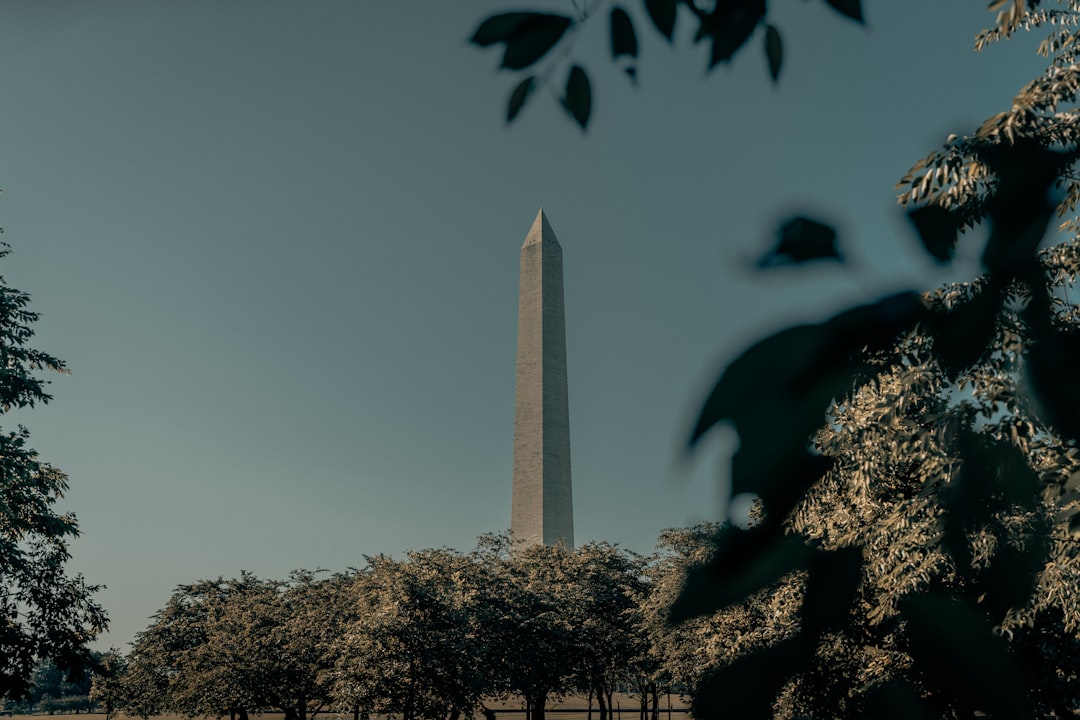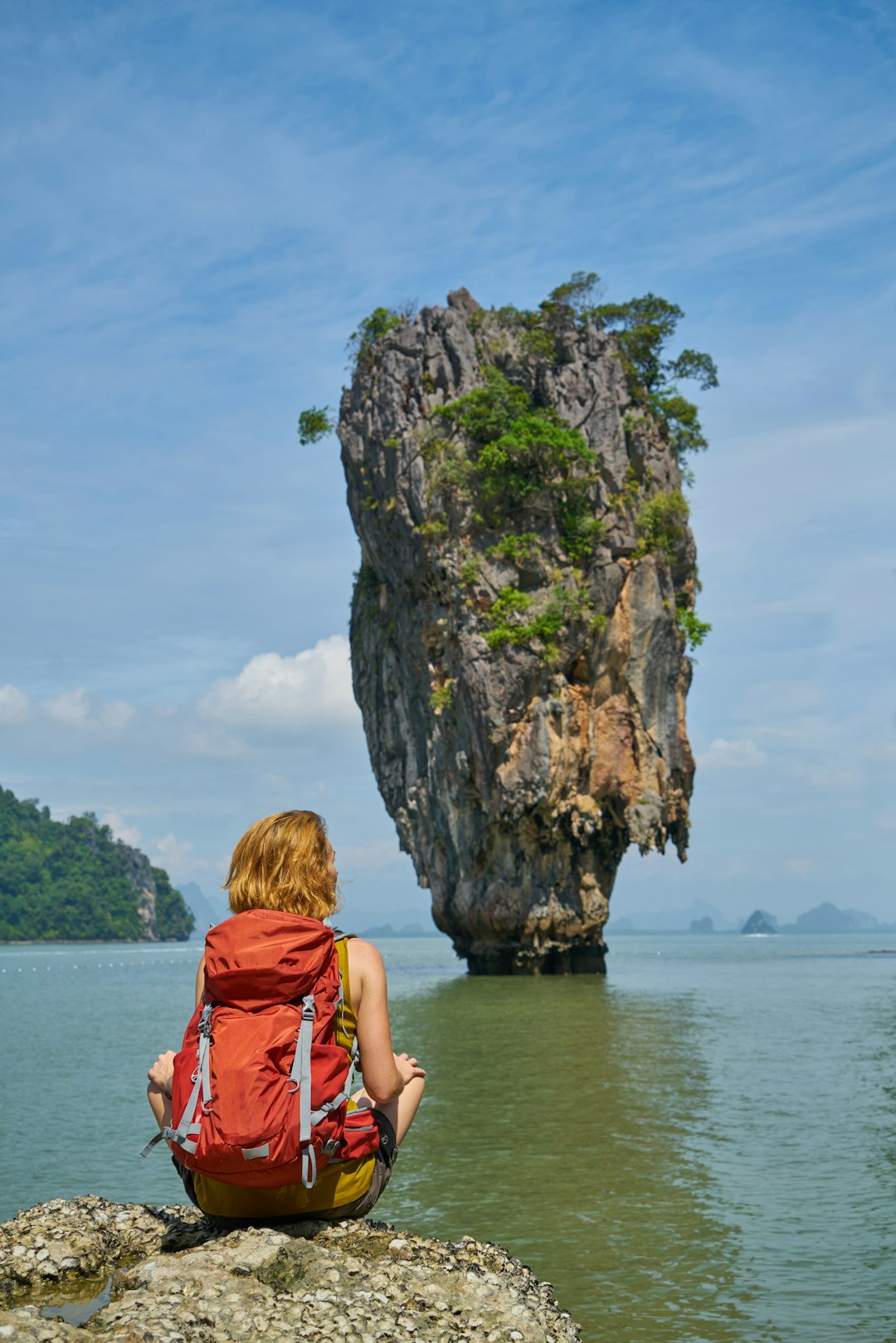
A Guide to Monuments in the USA: A Journey Through History.
# Introduction. The United States is a treasure trove of historical monuments that serve as a testament to the nation’s rich culture and heritage. From grand statues to expansive national memorials, these sites invite travelers to delve deep into the story of America—its triumphs, struggles, and evolutions. This blog post will serve as your guide to some of the most iconic monuments across the U.S., exploring their significance and visiting tips that ensure you have a memorable experience. # The Lincoln Memorial: A Symbol of Unity. Located in Washington, D.C., the Lincoln Memorial stands as one of the most recognized symbols of American history and democracy. Designed by architect Henry Bacon and dedicated in 1922, this monument pays homage to President Abraham Lincoln, who led the nation through its Civil War. The grandeur of its design features 36 columns, each representing a state in the Union at the time of Lincoln’s death in 1865. Its centerpiece is a 19-foot tall seated sculpture of Lincoln, created by sculptor Daniel Chester French. Visiting the Lincoln Memorial is an experience steeped in reflection. Surrounded by the serene waters of the Reflecting Pool, visitors often engage in quiet contemplation, particularly at night when the monument is illuminated against the backdrop of the starry sky. Don’t forget to take a moment to read the inscriptions of Lincoln’s famous speeches, which are etched into the walls and speak to his enduring legacy of equality and freedom. # Mount Rushmore: Faces of America's Leaders. Located in the Black Hills of South Dakota, Mount Rushmore National Memorial is an iconic symbol of America featuring the carved faces of four iconic presidents: George Washington, Thomas Jefferson, Abraham Lincoln, and Theodore Roosevelt. Created by sculptor Gutzon Borglum and completed in 1941, this monumental granite sculpture draws nearly three million visitors each year. The monument serves not only as an awe-inspiring piece of art but also as a reminder of the nation’s values and struggles. The visitor center provides an opportunity to learn about the monument's history and construction through exhibits and films. For those with a sense of adventure, hiking trails around the site provide stunning views and a chance to connect with the breathtaking natural beauty that surrounds this man-made wonder. # The Liberty Bell: A Symbol of Freedom.. A visit to Philadelphia wouldn’t be complete without stopping by the Liberty Bell, an enduring symbol of American independence. Originally cast in 1752, this bell became famous for its association with the American Revolution, particularly the Declaration of Independence. The bell's famous crack adds an element of intrigue, symbolizing the challenges and struggles of the quest for liberty. Visitors can view the Liberty Bell at the Liberty Bell Center in Independence National Historical Park, where they can learn about its history through informative displays. The park offers a wonderful setting for a family outing with additional historical sites nearby, including Independence Hall and the National Constitution Center. Plan your visit around special events or educational programs to deepen your understanding of American history. # The Vietnam Veterans Memorial: A Tribute of Remembrance. In stark contrast to some of the more celebratory monuments in the nation’s capital, the Vietnam Veterans Memorial serves as a somber tribute to those who served and sacrificed during the Vietnam War. Dedicated in 1982, this wall features over 58,000 names of U.S. servicemen and women who lost their lives or remain missing in action. Designed by architect Maya Lin, the memorial’s design invites a personal reflection as visitors often leave items or notes at the wall in memory of loved ones. The addition of the Vietnam Veterans Memorial Fund’s Education Center ensures that visitors will also have the opportunity to learn about the conflict, its consequences, and the lives impacted by it. A visit to this memorial can be both heartbreaking and healing, as it ensures that the stories of these brave souls are not forgotten. # Conclusion. Exploring the monuments of the United States is more than just sightseeing; it’s an opportunity to connect with the complex narratives that shape the nation. From the inspiring faces carved into Mount Rushmore to the reflective surface of the Lincoln Memorial, each monument provides a window into the values that America holds dear. As you embark on this journey through history, let these landmarks enrich your understanding and appreciation of the story that continues to unfold. Whether you’re a history buff, an avid traveler, or a family on vacation, these monuments cater to a range of interests and evoke a strong sense of connection to America's past. Make your way to these extraordinary sites and allow them to inspire you on your travels. .







